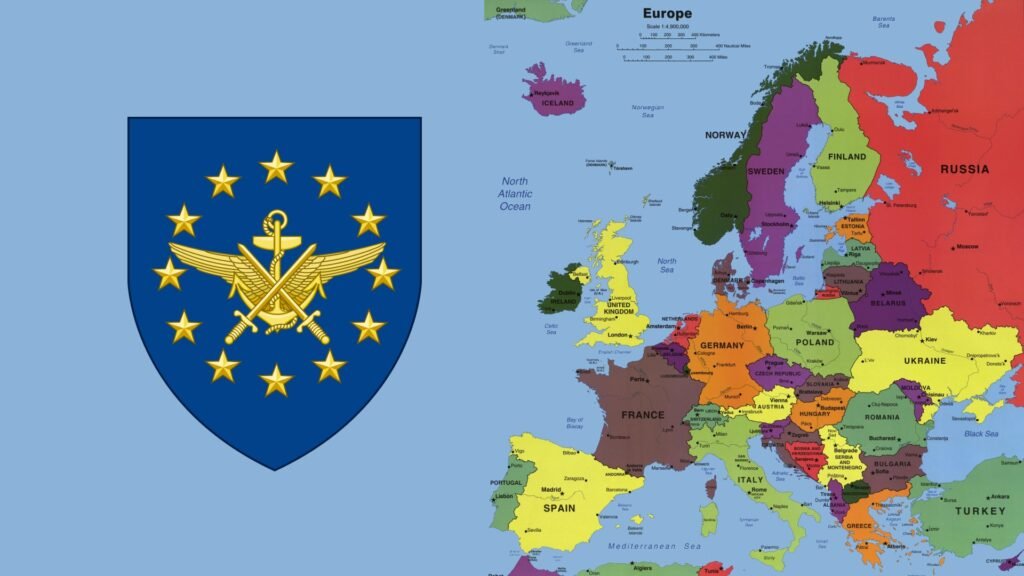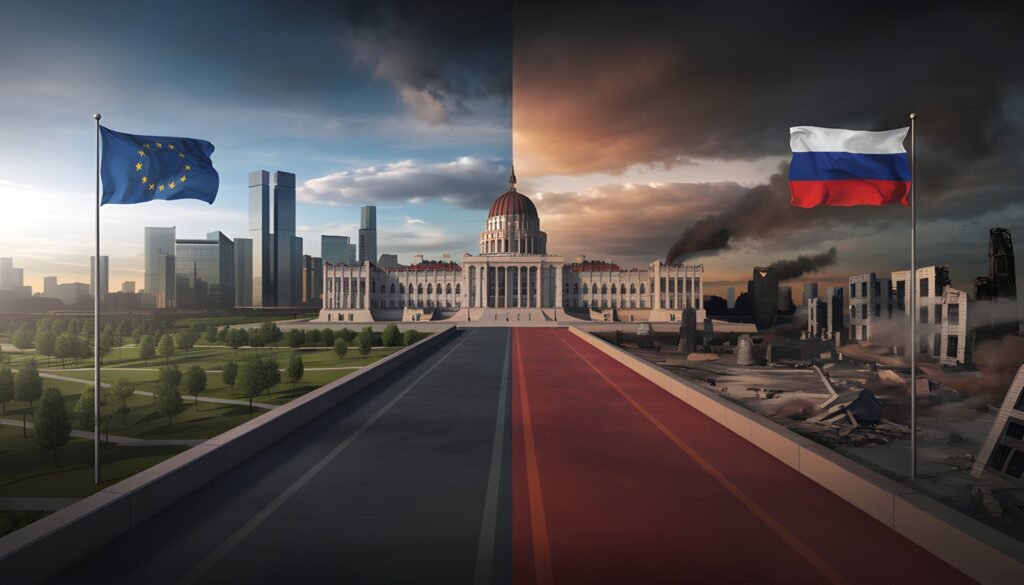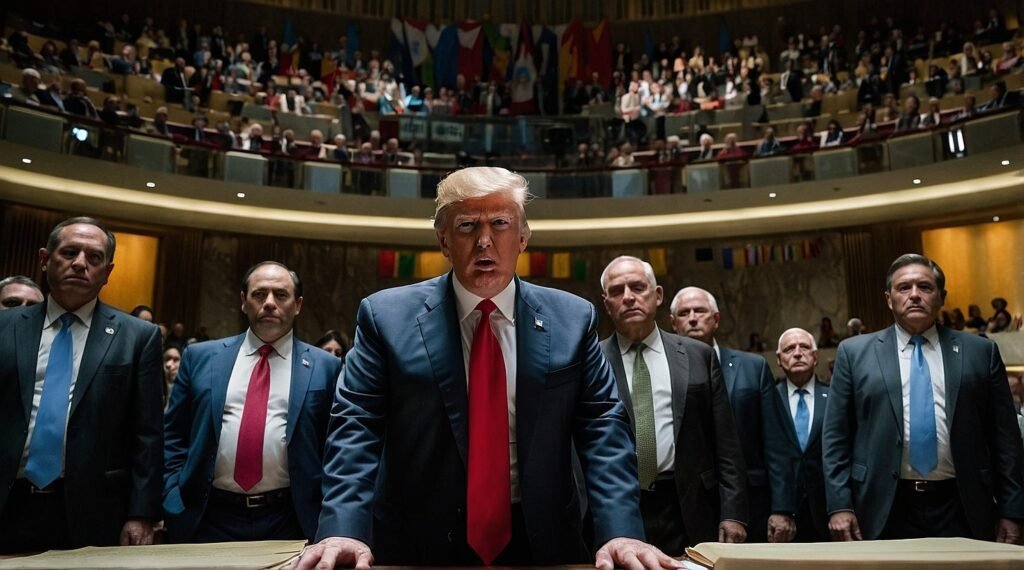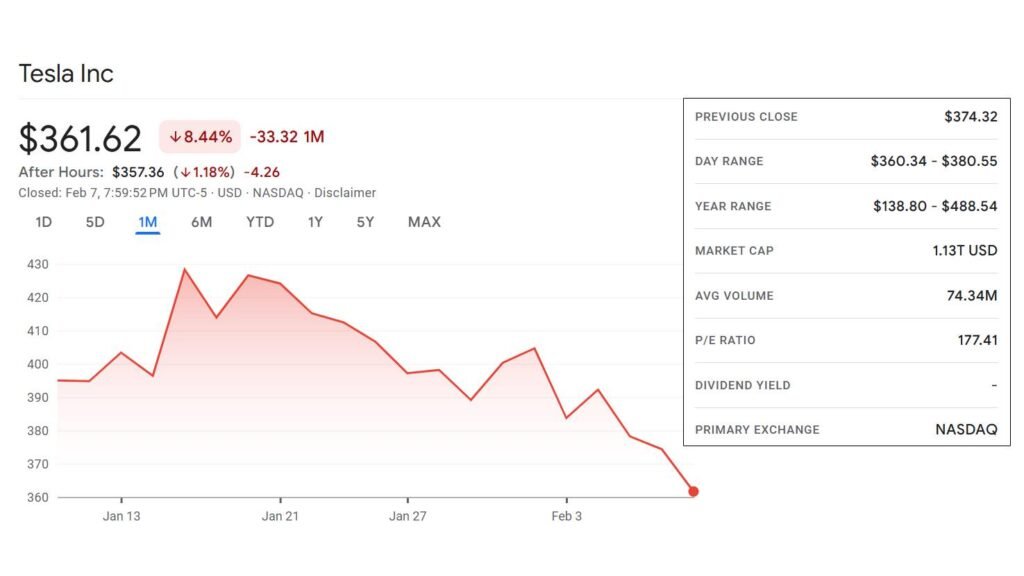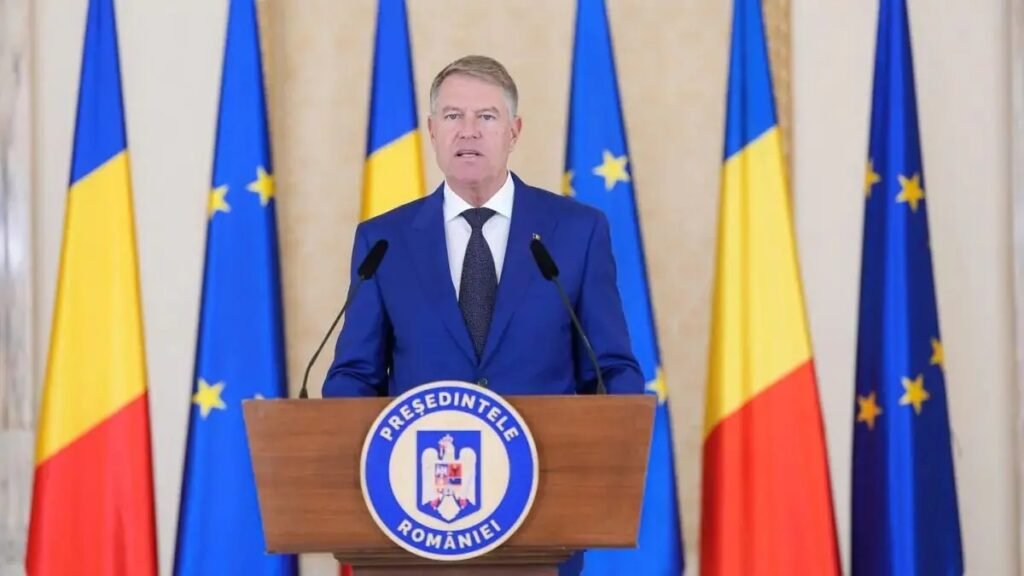|
Getting your Trinity Audio player ready...
|
The specter of conflict looms larger over Europe than it has in decades. The continent, long a bastion of stability, finds itself at a crossroads where military readiness is no longer an option but a necessity. In a series of dramatic shifts, European leaders are bolstering defense initiatives, responding to escalating global tensions with a unity of purpose rarely seen in modern history.
Rallying Around Ukraine
As the war in Ukraine grinds into another year, European nations have doubled down on their commitment to supporting Kyiv. With U.S. aid temporarily stalled in Washington, the European Union has stepped forward, determined not to let Ukraine stand alone. In an emergency summit, EU leaders vowed to escalate arms production and increase deliveries to the war-torn nation, ensuring that Ukrainian forces remain equipped to hold the line against Russian aggression.
The message is clear: Europe will not falter in its support. A strategic surge in defense spending has been initiated, with individual nations pledging new packages of military assistance. This decisive action underscores the realization that Ukraine’s survival is inextricably linked to European security as a whole.
Poland’s Bold New Initiative
While the EU collectively fortifies its commitments, Poland has taken an unprecedented step, unveiling plans to introduce military training for all adult males. The move reflects deepening fears over regional security, particularly as tensions with Russia remain at a boiling point. Polish officials have framed the initiative as a preemptive measure to build national resilience, ensuring that the country is prepared for any eventuality.
This sweeping policy is reminiscent of Cold War-era military readiness, reinforcing Poland’s position as a key pillar in NATO’s eastern defense. The program, set to be rolled out in stages, will see thousands of civilians undergo military drills, weapons training, and strategic exercises, transforming a generation into a formidable defensive force.
NATO and the Bigger Picture
Beyond individual national efforts, NATO itself is undergoing a fundamental transformation. With the alliance’s focus pivoting towards deterrence and rapid deployment, European members are reinforcing their militaries at an unprecedented rate. Military drills are being scaled up across the continent, with particular emphasis on the Baltic states and Eastern Europe, where fears of Russian incursions remain high.
Amid these sweeping changes, the United Kingdom, Germany, and France have ramped up defense budgets, reversing decades of post-Cold War military downsizing. The German government has pushed forward with its historic €100 billion rearmament program, a move unthinkable just a few years ago. Meanwhile, the UK has pledged to increase defense spending to 2.5% of GDP, reaffirming its commitment to European security even as it operates outside the EU framework.
Europe’s Military Strength in a Global Context
As Europe strengthens its defenses, how does its military power compare to other global giants—the United States, Russia, and China?
Top Military Powers in 2025
- United States
- Defense Budget: $800+ billion
- Military Bases: 750+ worldwide
- Nuclear Arsenal: 5,400 warheads
- Notable Strengths: Technological superiority, global force projection, advanced cyber and space warfare capabilities
- China
- Defense Budget: $290+ billion
- Largest Standing Army: Over 2 million active personnel
- Notable Strengths: Rapid naval expansion, AI-driven warfare, hypersonic missile advancements, dominance in cyber warfare
- Russia
- Defense Budget: Estimated $100+ billion
- Largest Nuclear Stockpile: 5,889 warheads
- Notable Strengths: Hypersonic weapons, strategic deterrence, cyber warfare capabilities
- European NATO Members (Collectively)
- Defense Budget: $350+ billion
- Notable Strengths: Highly trained personnel, advanced air and land systems, increasing interoperability within NATO
- Weaknesses: Lack of a unified military command, logistical challenges, dependence on U.S. strategic assets
In a direct confrontation, Europe, through NATO, would rely heavily on U.S. support. While its member states have modernized their militaries, significant gaps remain in power projection, missile defense, and strategic deterrence compared to the U.S. and China. However, Europe holds a crucial advantage in geographical positioning, economic strength, and collective defense agreements.
The Shadow of an Uncertain Future
Despite these efforts, questions remain. Will Europe’s defense surge be enough to deter future conflicts? Can the continent maintain this level of military mobilization in the long run? With economic pressures mounting and political divisions simmering beneath the surface, sustaining this new era of military preparedness will be a challenge in itself.
One thing is certain: the old assumptions about European security have been shattered. The era of complacency is over. In its place, a new reality is taking shape—one defined by urgency, resilience, and an unwavering resolve to defend the continent at all costs.
What do you think about Europe’s military strategy? Leave a comment below, and check back with us daily for the latest updates. We will continue to cover this evolving story, bringing you the insights that matter most in these critical times.

